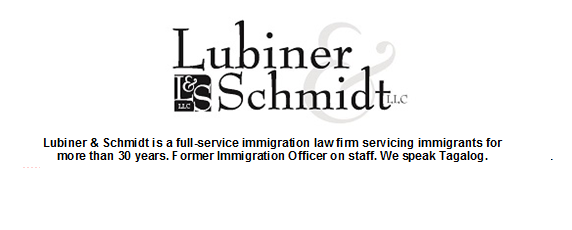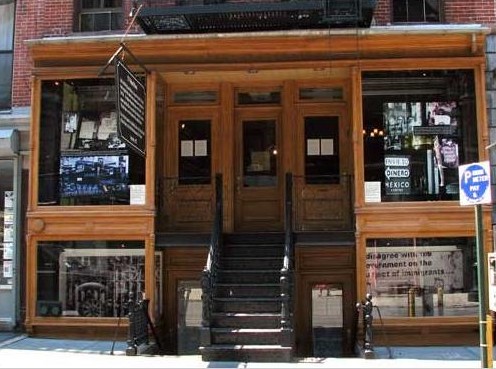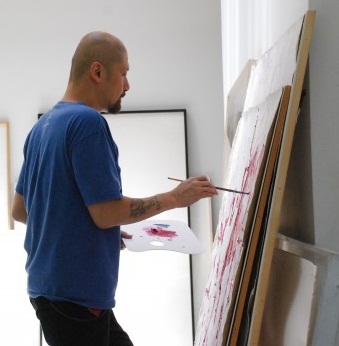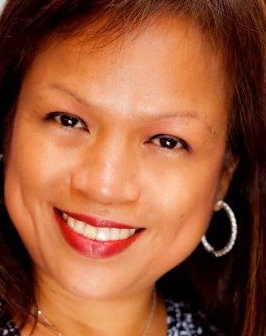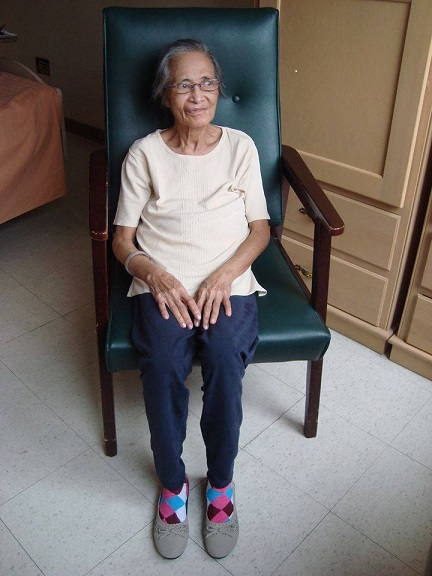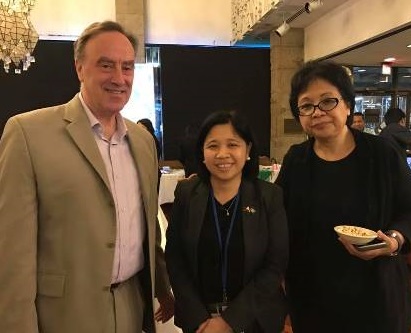Thoughts on Jan. 15 papal visit: Will PHL bishops march in lockstep as Pope cleans up the Church?
By Ludy Astraquillo Ongkeko, Ph.D.
Dateline Manila. With but a few days shortly after my homeland arrival had taken place, during the last days of November 2014, queries arose: “Aren’t you fortunate that you will be covering Pope Francis’s visit?” How I wish I could have answered positively in line with their caring views!
Another five weeks’ wait wouldn’t do at all. The season of seasons is invariably spent with family and commitments pursue through the advent of a new year and beyond. No matter how my wish to stay would be fulfilled, I heard and I had seen how the homeland’s preparations to receive the head of the Catholic Church were in high gear.
Holding the reputation of having the third largest Catholic population the world over, after Brazil and Mexico, it is only natural that the Philippines has always held on to its position as the preeminent Roman Catholic country in Asia with its 100-million population.
As historical annals reveal, Pope Francis will be the third Pope to visit our ancestral homeland. Expected similarities abound: John Paul II celebrated mass in Manila’s Luneta where more than 4 million attended, a record of sorts.
When Pope Francis will celebrate mass likewise on the Luneta grounds, that 4-million record will be broken. Since news arrived about the forthcoming visit of the pontiff, there was nothing more beyond what he himself planned relevant to the visit but to zero in on the poorest of the poor and the victims of the 2013 Typhoon Haiyan aka Yolanda, one of the most devastating typhoons ever to cause property destruction, but the toll on human lives.
Pope Francis’ Philippine visit will not be his first trip to Asia. His very first one was in August 2014 in South Korea.
A note on South Korea: it brings out nothing short of the remarkable when it dwells on Roman Catholicism. That faith was introduced to South Korea in the 18th century. At the close of Year 2013, 10.4th percent of the population became Roman Catholic, roughly 5.45 million, translated as very much smaller than its counterparts in Asia. However, South Korea has the fourth largest of Saints in the Catholic Church. In 1984, Pope Paul II canonized 103 saints.
Pope Francis’ visit in August 2014 was to beatify 124 South Korea martyrs.
To record keepers, it was an astonishing number. The Philippines has had only two saints. Roman Catholicism in South Korea has a turbulent history; religious persecution in 1801; in 1866 about 8,000 South Korean Catholics were killed. South Korea provides the second largest of Christian missionaries in the world surpassing the United States.
In the two years since his election, Pope Francis has accomplished acts above and beyond which have lent much to the image and prestige of the Catholic Church, badly tarnished by sex scandals. To bring the Church to the 21st century is one gigantic task he has done. And it has not been easy at all. Pope Francis realizes as many senior Catholic leaders do not relish any change. But he knows it is inevitable that the Church must adjust to the fast-changing world if it wants to be relevant. Thus far, he has made numerous changes in the Vatican accusing it of having “Spiritual Alzheimer’s.”
It is providential that members of the Filipino faithful, after five centuries of Roman Catholicism, have attained enough maturity and can be trusted to realize what is best for them as they have indicated opposition to their church leaders in refusing silence when The Bishops preached against the Reproductive Health Law.
In very personal conversations with Catholics in our homeland, they gave me their belief that the Philippine Catholic Church is stuck in a time warp. Whether or not our Church leaders will eventually wish to take the faithful of the country to join the modern world is up to the followers of the Church.
There are approximately 80 million Philippine Roman Catholics. Not more than 30 percent consider themselves ‘regular practicing’ Catholics; because of indifference to supposedly named ‘advances’ from stubborn practices; a good 10 percent wish to leave the Church. Charismatic movements indicate that the faithful continue to search for alternatives.
Despite my inability to join in welcoming Pope Francis, I felt my visit was fruitful. I was able to absorb insights as the country has greatly anticipated January 15.
As the Philippines awaits Pope Francis, it is hoped during his stay, he could counsel the country’s church leaders that their mission is one to guide the faithful forward.
